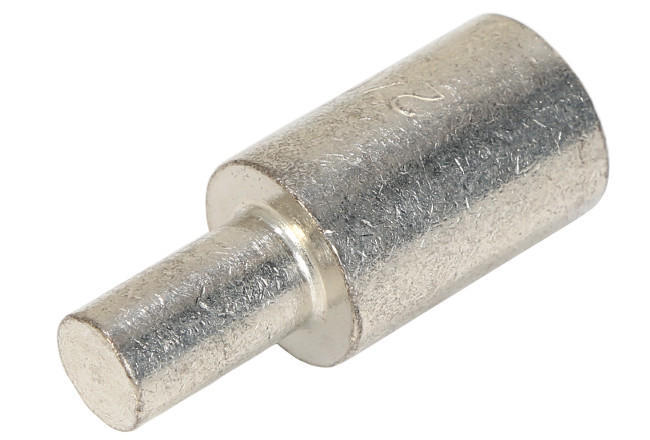B2B Prices
Dear valued customers, We wanted to inform you about some upcoming changes to our pricing…
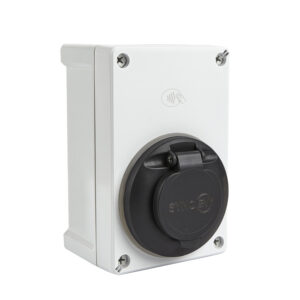
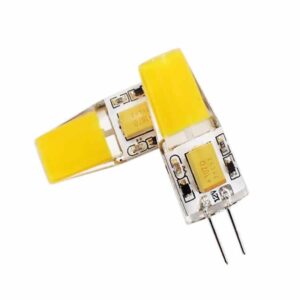
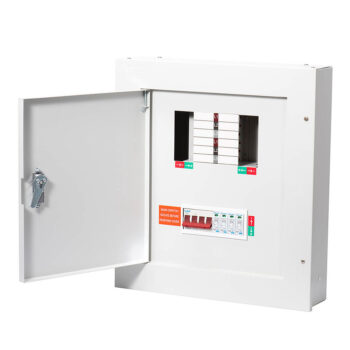
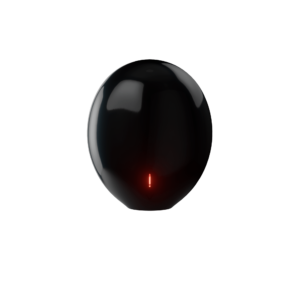
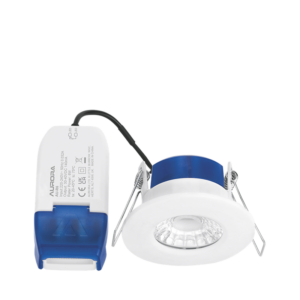
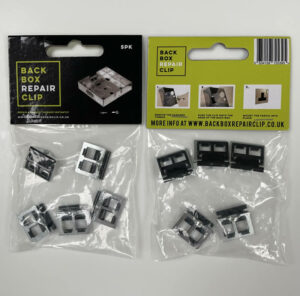
Showing all 20 results
Showing all 20 results


Get a head start on your projects with our handy ideas and inspiration posts, we have created some helpful guides to help you make the right decisions before buy. Stay current with the latest electrical tips on our blog.
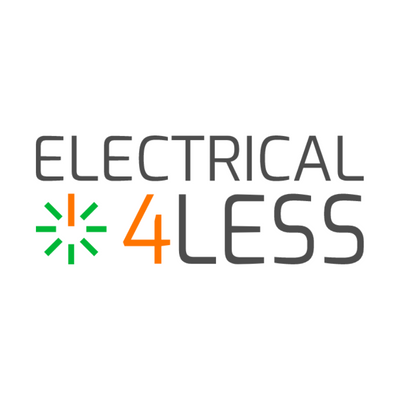
Dear valued customers, We wanted to inform you about some upcoming changes to our pricing…
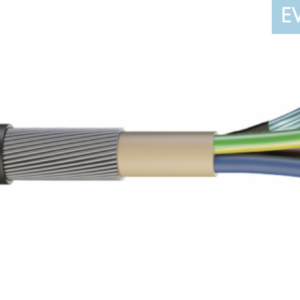
Shop Now EV-Ultra® – 3 Core 6mm SWA or Tuff and CAT5 combined This cable…
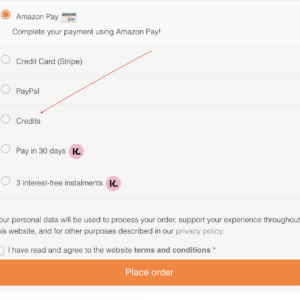
Once your credit account application has been approved you can shop on our website and…
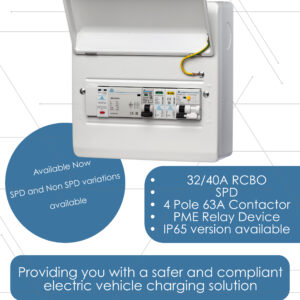
PME Fault Detection Consumer Units also known as PEN Loss Consumer Units in stock now.
Uninsulated reducing pins, also known as uninsulated reducing connectors, are electrical components used in electrical installations to connect conductors or cables of different sizes or diameters. These pins are typically made of metal, such as copper or aluminum, and they serve the purpose of joining two conductors with unequal cross-sectional areas, ensuring a secure electrical connection. Uninsulated reducing pins are not covered with insulating material, so they should be used in applications where no electrical insulation is required between the connected conductors.
In the context of BS 7671 (the 18th Edition of the Wiring Regulations), uninsulated reducing pins are not explicitly addressed by the standard. However, they may be used in electrical installations where they are deemed appropriate and safe. The key considerations when using uninsulated reducing pins in electrical installations include:
It’s important to note that uninsulated reducing pins should be used judiciously and in accordance with recognized electrical practices and safety guidelines. In many cases, insulated connectors or insulated terminal blocks may be preferred, as they provide electrical insulation between conductors, reducing the risk of electrical faults and improving safety.
When using uninsulated reducing pins or any other electrical components in an installation, it’s advisable to consult with a qualified electrician or electrical engineer who can assess the specific requirements of the installation and ensure that it complies with all applicable standards and regulations.


To access and complete the B2B client application form, please log in to your account at Electrical4less. If you encounter any issues or need assistance, don't hesitate to contact our support team.

